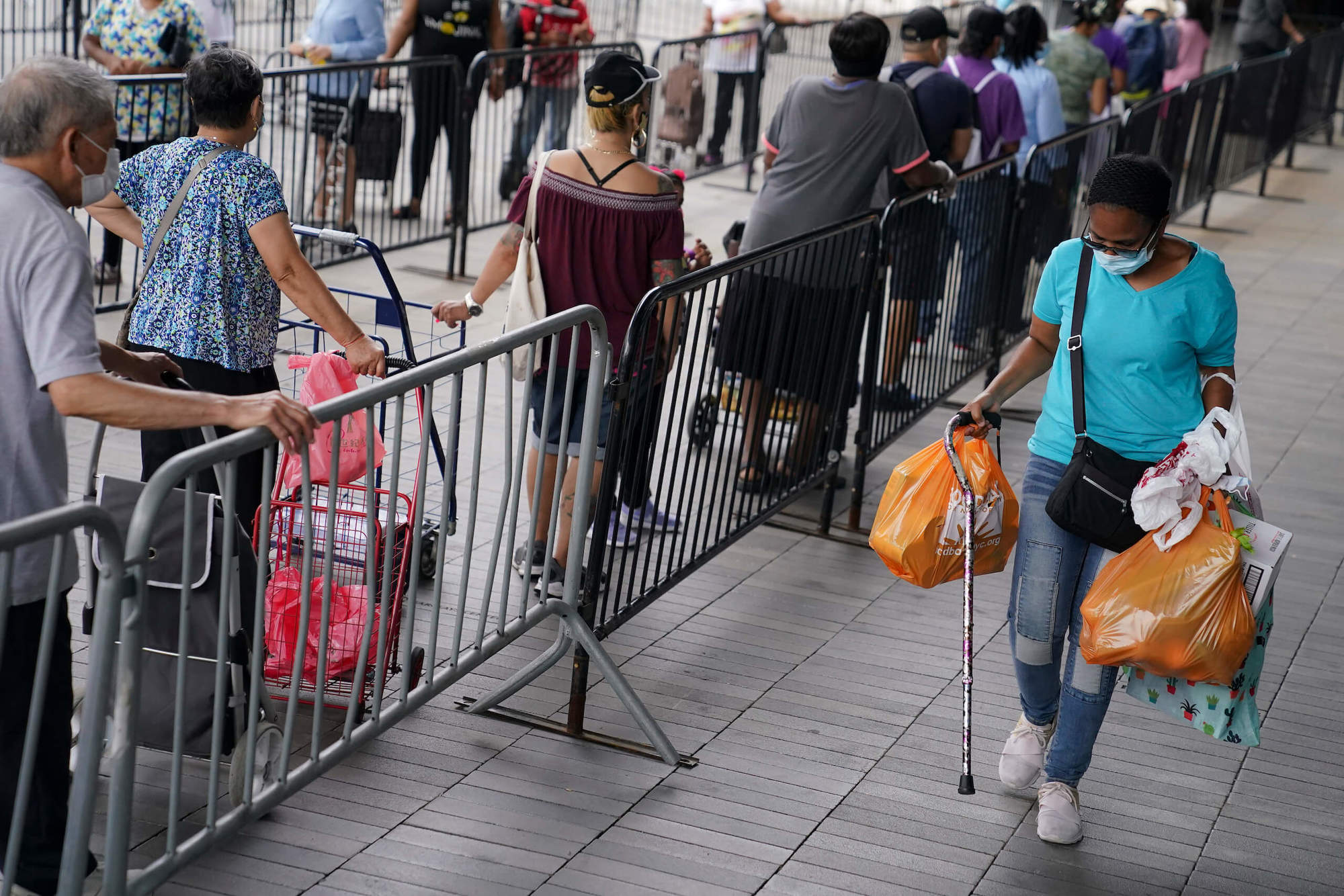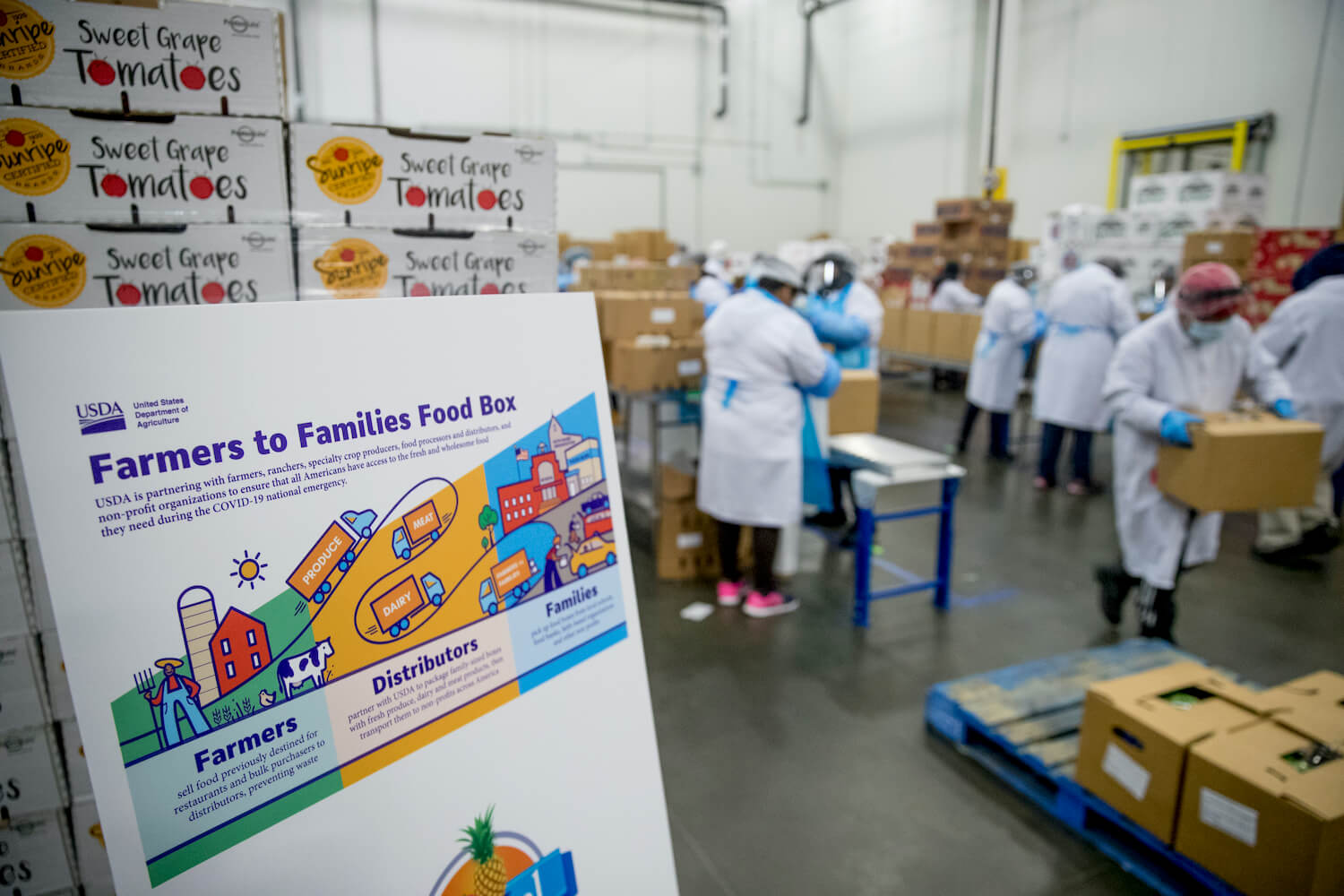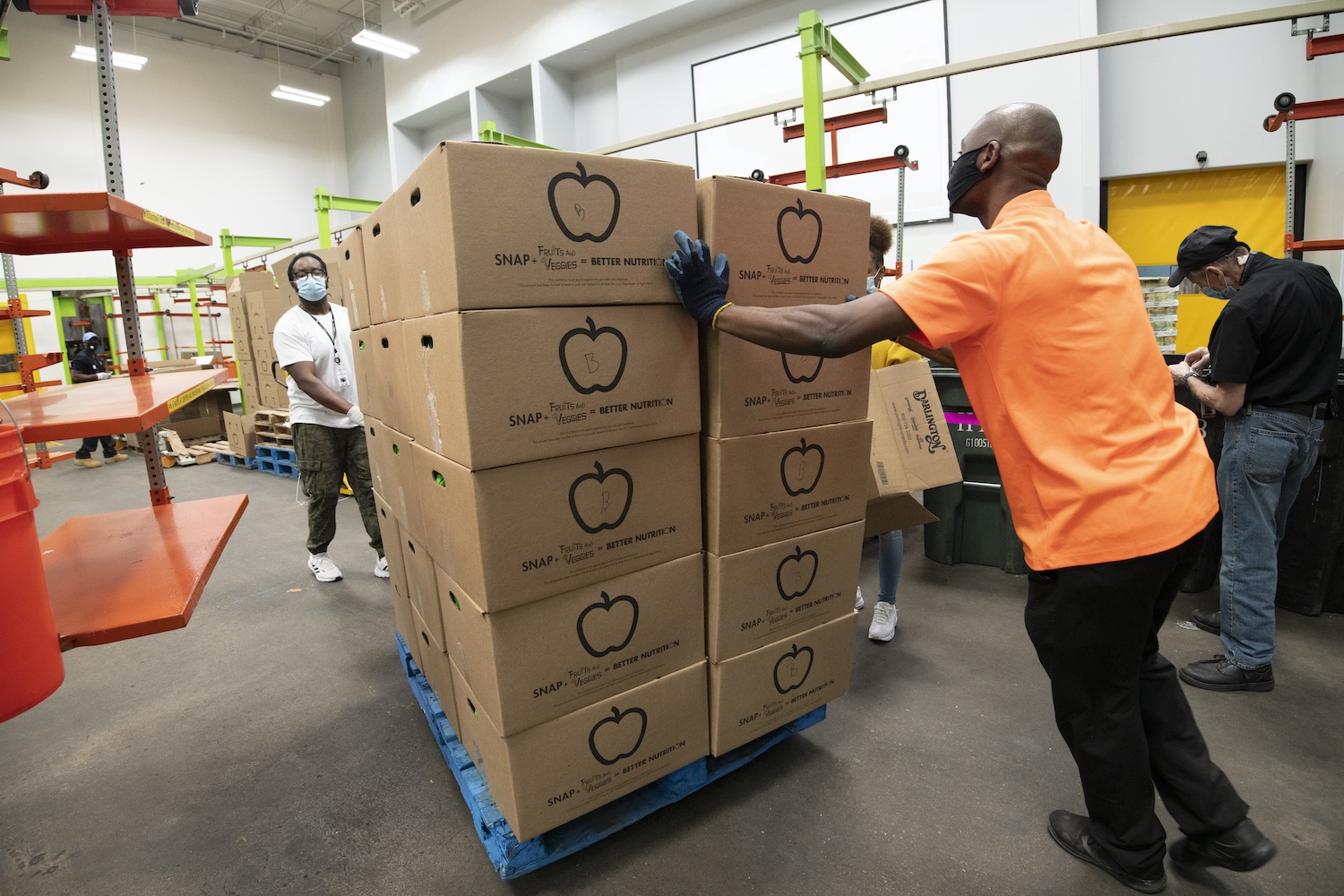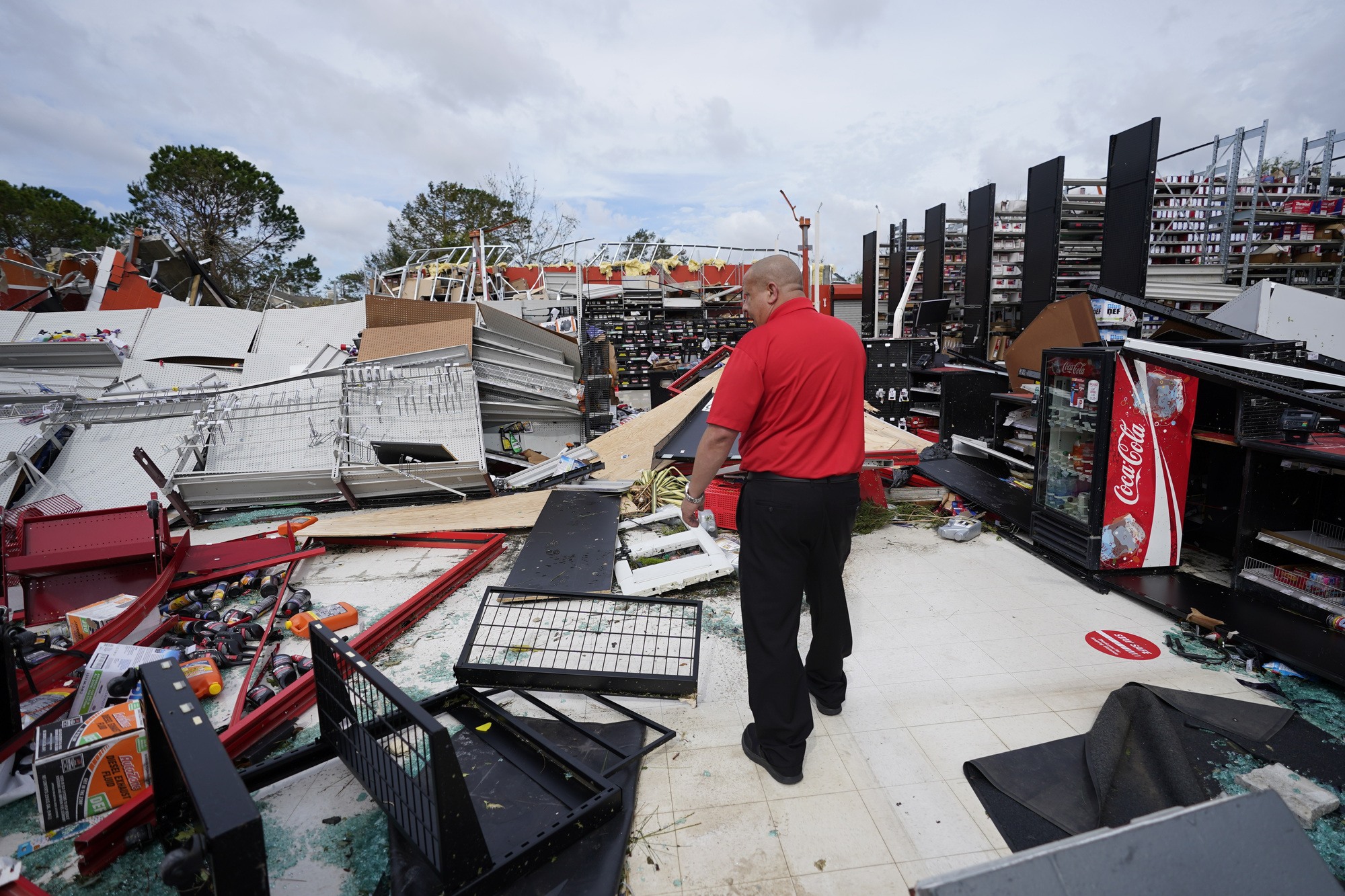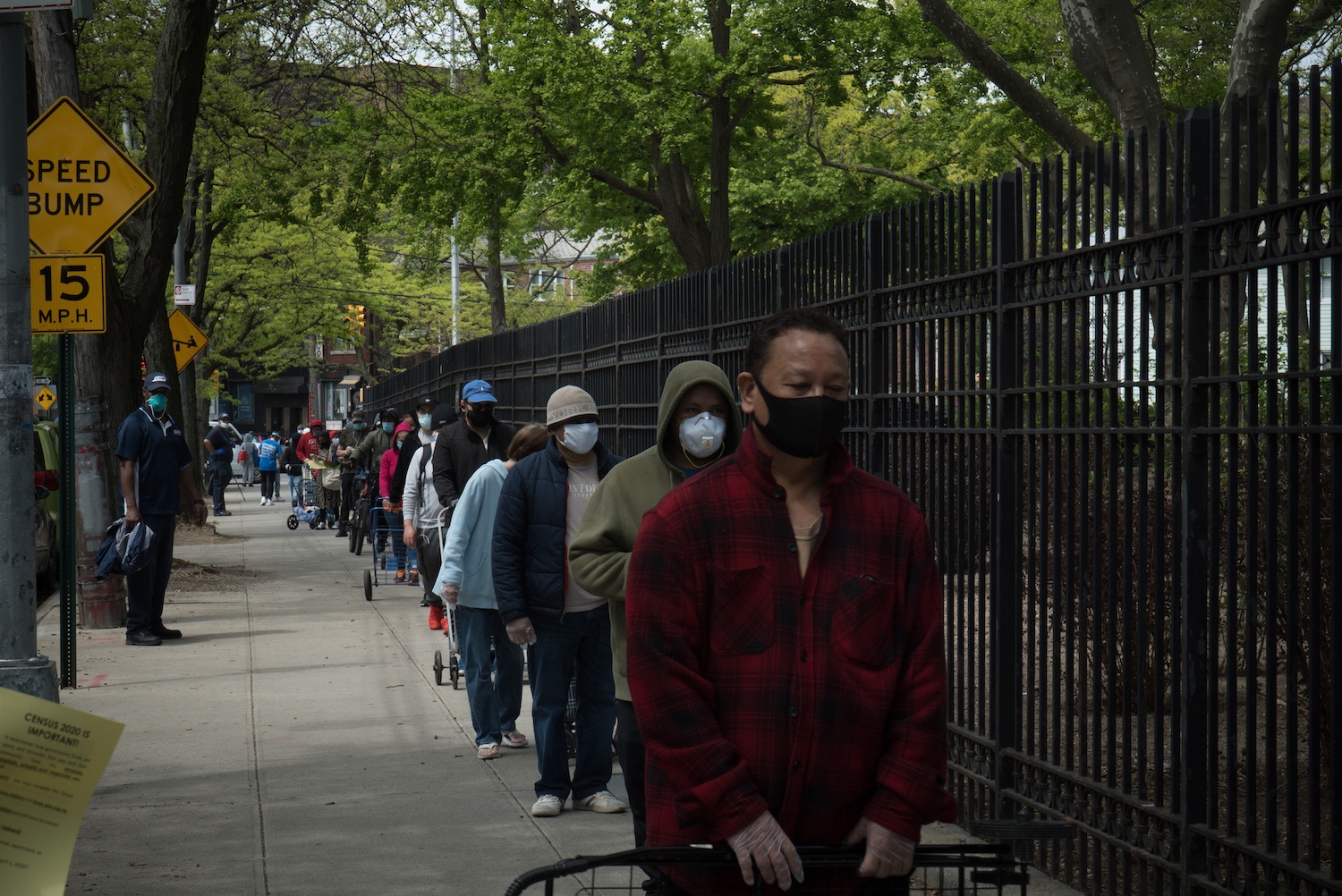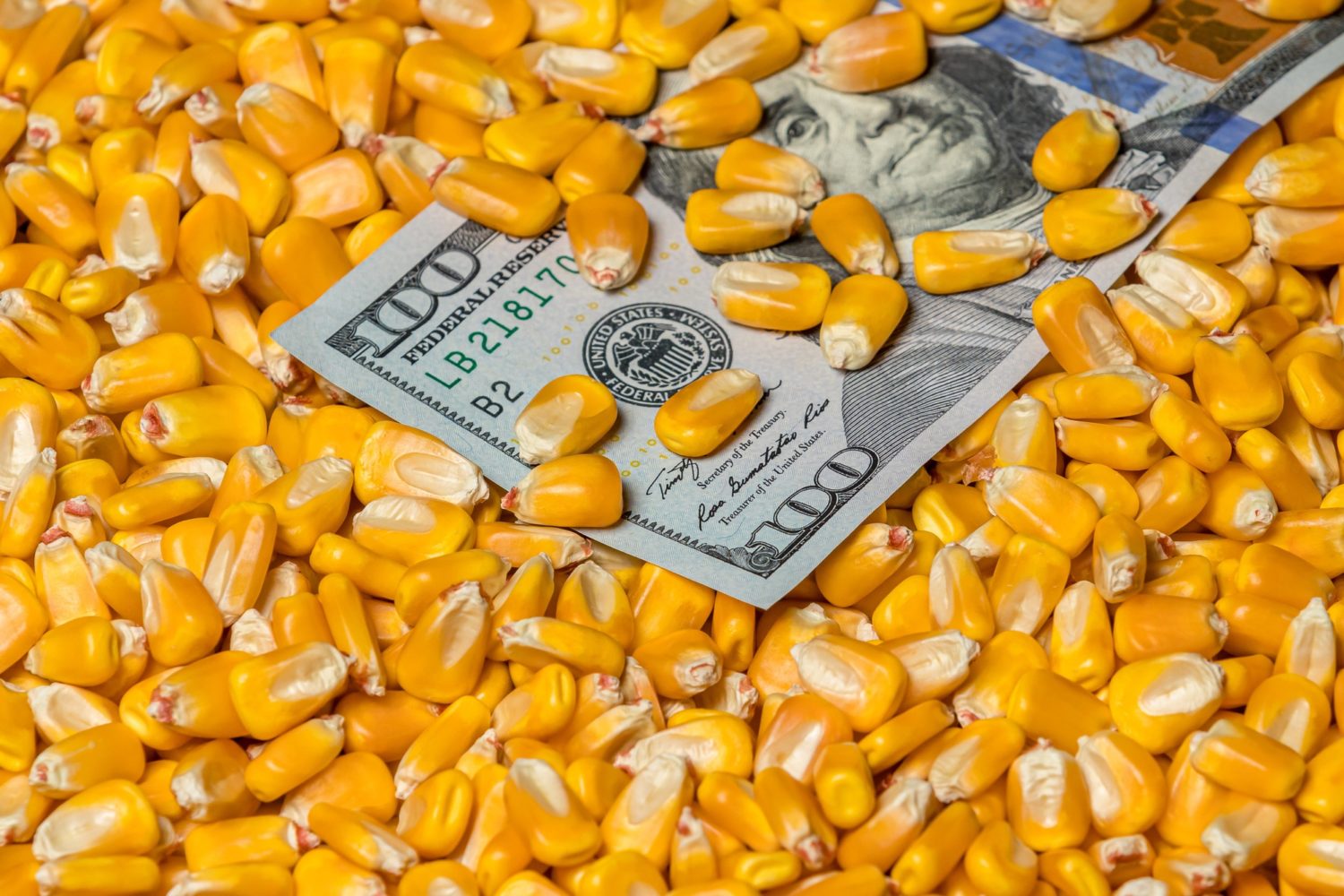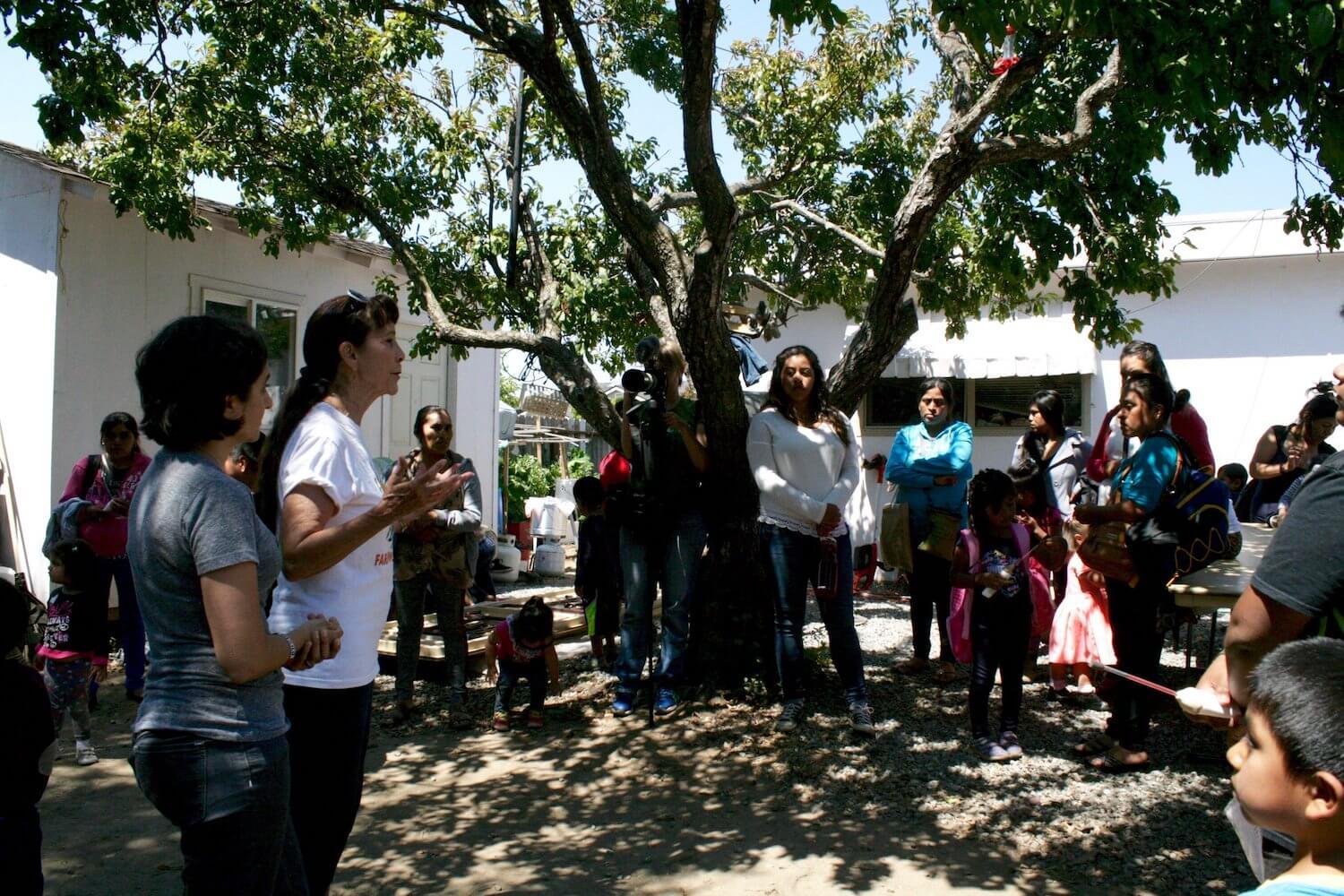The Covid-19 pandemic has dramatically worsened America’s hunger crisis—a devastating shift that disproportionately impacts people of color, women, and children.
Months into the pandemic, an American hunger crisis has exploded, with tens of millions of people suddenly wondering if they will be able to put food on the table.
According to a new report commissioned by the Food Research and Action Center (FRAC), as of July, the number of people who said they sometimes or often did not have enough to eat has skyrocketed to 29 million, or 11 percent of adults in the United States. (By comparison, 8 million adults, or around 4 percent, did not have enough to eat in 2018.) In 38 states and Washington, D.C., more than one in ten adults with children had inadequate amounts of food, with the highest rates of hunger in Mississippi, Louisiana, and Texas.
As expected, people of color and those without a college education were more likely to go hungry. The pandemic has exacerbated their vulnerabilities: More than 20 percent of Black and Latinx families reported they did not have enough to eat, which is double the rate of whites. Women, who were more likely to have lost their jobs, also reported higher rates of hunger.
Now, new data from the Census Bureau, referenced in the report, shows that even America’s middle class is now reckoning with hunger. Two years ago, only 3 percent of adults earning between $50,000 and $75,000 a year said they did not have enough to eat; during the pandemic, that rose to 8 percent. Similarly, 5 percent of adults earning between $35,000 and $50,000 reported that hunger in 2018; now, it is 12 percent.
“These are folks who had fairly steady incomes. And now, all of a sudden, they’re visiting food banks.”
Among those who did not have enough to eat overall, one in four have usual incomes above $50,000 a year. Since April, millions of Americans have sought outside food assistance for the first time.
“These are folks who had fairly steady incomes,” says Luis Giardia, president of FRAC, a Washington, D.C.-based nonprofit. “And now, all of a sudden, they’re visiting food banks.”
The analysis, conducted by Northwestern University economist Diane Schanzenbach, is based on Census Bureau data recorded between April and July. The data captures a narrower, more severe definition of hunger than the typical measure used by the United States Department of Agriculture (USDA), which is food insecurity. That term reflects a range of hardships, including not having enough money for groceries, or changing eating patterns to make up for a lack of resources. This year, an estimated 54 million people in the U.S. will be food insecure, which represents a massive leap from 35 million people in 2019.
As part of their questions, though, Census takers ask respondents if they are experiencing severe food insecurity, which means they sometimes or often go without enough food to eat. Those rates have jumped during past recessions. The share of Census respondents without enough to eat during the Great Recession, for instance, increased by one-third compared to the year prior. But the pandemic has caused a massive spike: The nearly threefold increase is due to record unemployment rates, and compounded by the widespread closures of schools and child care centers that normally provide meals.
This year, an estimated 54 million people in the U.S. will be food insecure, which represents a massive leap from 35 million people in 2019.
Before the pandemic, there were already stark disparities among ethnic groups, with Black people surveyed more than three times as likely as white and Asian respondents to go hungry. But the Census data reveals that those rates have worsened. During the pandemic, 42 percent of those without enough to eat are white, followed by 27 percent Latinx, 22 percent Black, and 3 percent Asian—statistics that show Black and Latinx people of color are disproportionately affected, based on their representation within the U.S. population. The rates of hunger have quadrupled among Latinx respondents since 2018.
[Subscribe to our 2x-weekly newsletter and never miss a story.]
FRAC attributes those rates to job losses in hospitality and travel sectors, and heavy job losses among women. According to Census data, 21 percent of those who lost their jobs during the pandemic reported hunger, sometimes or often. Besides the unemployed, others have been pushed to the edge due to reduced hours. Thirteen percent of those who are still working, but have lost income, or expect to in the future, report not having enough to eat.
“What is being exposed here, number one, is that hunger and food insecurity have become a fixture of our society.”
As minivans inch through parking lots, and bread lines snake around city blocks, food banks and charities are not equipped to handle the need of millions of newly famished Americans. Guardia, the FRAC president, urges federal legislators to expand policies that help the hungry, including increasing Supplemental Nutrition Assistance Program (SNAP) benefits by 15 percent, and extending Pandemic Electronic Benefit Transfer (P-EBT) payments, which are given to families who lost access to free or reduce-priced school meals when cafeterias closed. Payments from the program have lifted as many as 3.9 million children out of hunger since the pandemic, the report claims.
Although those measures are important, they paper over a larger issue, says Alison Cohen, a program director at WhyHunger, a New York City-based nonprofit. Before the pandemic, 46 million Americans relied on food banks, and 50 percent of them either received SNAP benefits or had a family member with a full-time job, she says. Ending decades of persistent hunger in America can be achieved by enshrining a right to food, or lifting more people out of poverty with a living wage.
“What is being exposed here, number one, is that hunger and food insecurity have become a fixture of our society,” Cohen said. “We have got to recognize that there were cracks in the ceiling already.”
